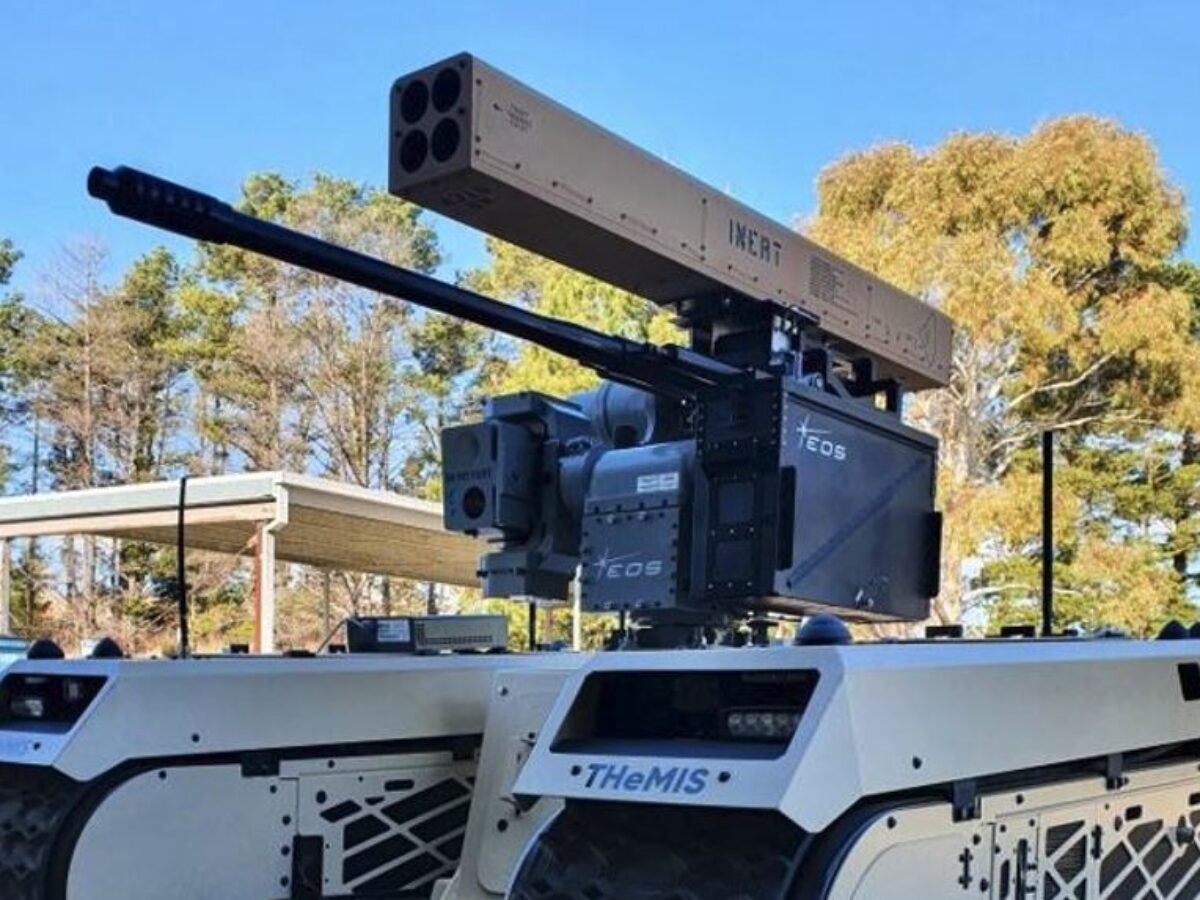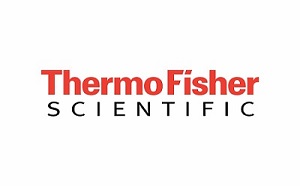Equipping Australia’s armed forces – Xtek switches into higher (more protective) gear

Our series – Equipping Australia’s armed forces – continues today with a focus on new materials and technologies for the battlefield. Here Peter Roberts interviews Philippe Odouard.
Polyethylene seems a rather mundane word coming from Philippe Odouard who has long been associated with advanced materials, first leading composites manufacturer Quickstep and now as managing director of defence supplier Xtek.
Yet at the company’s factory in suburban Adelaide its proprietary XTclave process turns polyethylene, fibres and composites into body armour plates and military helmets that are more rigid than titanium and a fraction of the weight.
Odouard told @AuManufacturing: “The problem is if you are a soldier in the field for a day then he has 25kgs on his back.
“That is already a fair bit, but when he is out patrolling for three to four days that could be 40-50 kgs.
“All the time soldiers are being loaded up with more and more sensors, night vision goggles…the trend is to more weight, not less.”
Emerging from a developmental phase Xtek is now ramping up production in Adelaide and in the past few weeks has supplied 4,000 armour plates to Finland and 1,000 to distributors in the United States.
In the US it recently bought HighCom Armor Solutions to enter that market, at the same time positioning itself to supply the US military and security sectors with all the advantages of being a local supplier.
“The numbers are not enormous yet, but we have started.”
XTclave is a unique process that uses ultra-high isostatic pressure at elevated temperatures to create thermoset and thermoplastic composite materials ideal for ballistic protection for individuals and unmanned vehicles.
Odouard said: “When you have the need to absorb a lot of kinetic energy you want something that is not too stiff.
“If it is too stiff it breaks.
“The process we use is very well adapted to thermoset plastics combined with carbon fibre or glass fibre…long gone are the days when helmets were made of metal.”
The XTclave process is also being used to make structural components for satellites, and Xtek is bidding for Australian and US army contracts with a unique lightweight helmet that protects against not just pistols, but assault rifles.
Xtek is involved in a wide range of defence and security work, including fitting out the Milrem Robotics unmanned ground vehicle (pictured) shown at the recent Land Forces exhibition.
The bills in the past have been paid by the import and support of small unmanned aerial systems, however with XTclave technology maturing its second proprietary technology – the software system XTatlas – is coming to the fore.
XTatlas gathers sensor data including full motion video (FMV) from manned and unmanned ground and aerial platforms and links it in real time to geospatial information.
“We are bringing more and more integration to this field.
“We have developed software that takes in live video and maps in real time what is out there.
“You have a map (of your location) and it is a (geo-referenced mosaic) map that is up to date.”
There is also potential to use artificial intelligence to do work performed by humans such as identifying and classifying targets.
“Not only are we now selling systems…now we are value adding in terms of software and we are value adding terms of protection.
“More and more sovereign capability is coming to Australia but we are not just copying products and doing things that have already been developed – we want to make sure our solutions are unique in the world.”

@AuManufacturing’s editorial series – equipping Australia’s armed forces – is brought to you with the support of Thermo Fisher Scientific.
Pictures: Xtek Ltd
Subscribe to our free @AuManufacturing newsletter here.
Topics Manufacturing News Technology
@aumanufacturing Sections
Analysis and Commentary Awards Defence Manufacturing News Podcast Technology Videos







